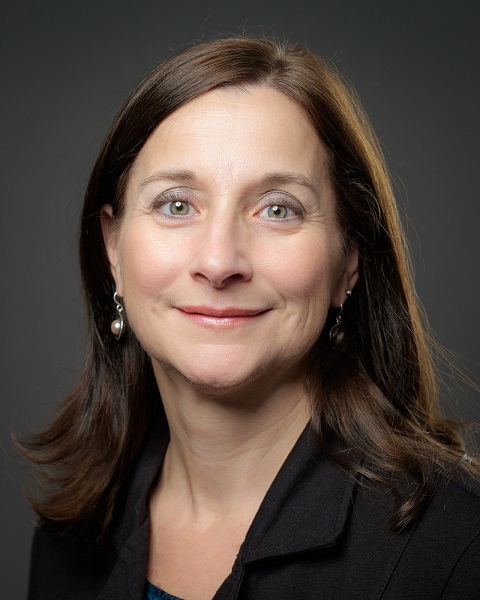THE 174 deaths reported to the BC Coroners Service in August represent the lowest total recorded in a single month since June 2022, and equate to about 5.6 lives lost per day.
However, the BC Coroners Service adds that caution should be exercised when drawing conclusions regarding trends from a single month of data, particularly given that recent data is preliminary and subject to change as investigations are completed and causes of death are confirmed.
Preliminary data released by the BC Coroners Service confirms that more than 1,600 British Columbians were lost to toxic, unregulated drugs in the first eight months of 2023.
“We are continuing to lose members of our communities in heartbreaking numbers as a result of the toxicity of the illicit drug market,” said Lisa Lapointe, Chief Coroner on Monday. “No town, neighbourhood or family is immune from this crisis and as the years of this public-health emergency go by, more and more British Columbians are experiencing the devastating loss of a friend, colleague or family member to the illicit-drug supply.”
Aggregated data reveals that smoking remains the dominant mode of consumption, with almost two-thirds of death investigations in 2023 involving decedents who consumed substances in this manner. This continues a pattern first observed in 2017 and further underscores the need for spaces for people who use drugs to smoke them safely. About eight in every 10 deaths in 2023 has occurred inside, another trend that has remained consistent for several years.
In response to increased public concerns regarding safer supply initiatives currently underway in the province, the BC Coroners Service has continued careful screening for the presence of safer supply-related substances in post-mortem testing. Hydromorphone has been detected in 3% of expedited toxicological testing in 2023. Conversely, illicit fentanyl has been present in 85% of such tests. It should also be noted that safer supply accounts for only 14% of hydromorphone prescribing in the province, and the vast majority of hydromorphone prescribing is for pain-related purposes.
Unregulated drug toxicity is the leading cause of death in British Columbia for persons aged 10 to 59, accounting for more deaths than homicides, suicides, accidents and natural diseases combined. The lives of at least 12,929 British Columbians have been lost to unregulated drugs since the public-health emergency was first declared in April 2016.
“The relentlessness and scale of this public-health crisis requires a proportionate response,” Lapointe said. “The BC Coroners Service continues to recommend urgent, collaborative action on the part of ministries and health authorities to co-ordinate a provincewide continuum of care that saves lives. Improvements in the quality and reach of harm reduction and evidence-based treatment services are essential, as is the critical need to ensure that those at risk of dying can access safer, regulated drugs. If we cannot implement these changes, our loved ones will continue to die.”
Additional key preliminary findings are below. Data is subject to change as additional toxicology results are received:
* The number of deaths in August represents an 8% decrease from the number of deaths in August 2022 (190) and a 14% decrease from the number of deaths in July 2023 (203).
* In 2023, 70% of those dying were aged 30 to 59, and 78% were male.
* The townships experiencing the highest number of unregulated drug deaths in 2023 are Vancouver, Surrey and Greater Victoria.
* By health authority, in 2023, the highest number of unregulated drug deaths were in the Vancouver Coastal and Fraser health authorities (477 and 454 deaths, respectively), making up 57% of all such deaths during 2023.
* The highest rates of death in 2023 have been in Northern Health (58 deaths per 100,000 individuals) and Vancouver Coastal Health (56 per 100,000). Overall, the rate of death in B.C. is 46 per 100,000 individuals.
* By health service delivery area, in 2023, the highest rates were in Vancouver, the Northern Interior, on Central Vancouver Island, in the Thompson Cariboo Shuswap and the Northwest.













